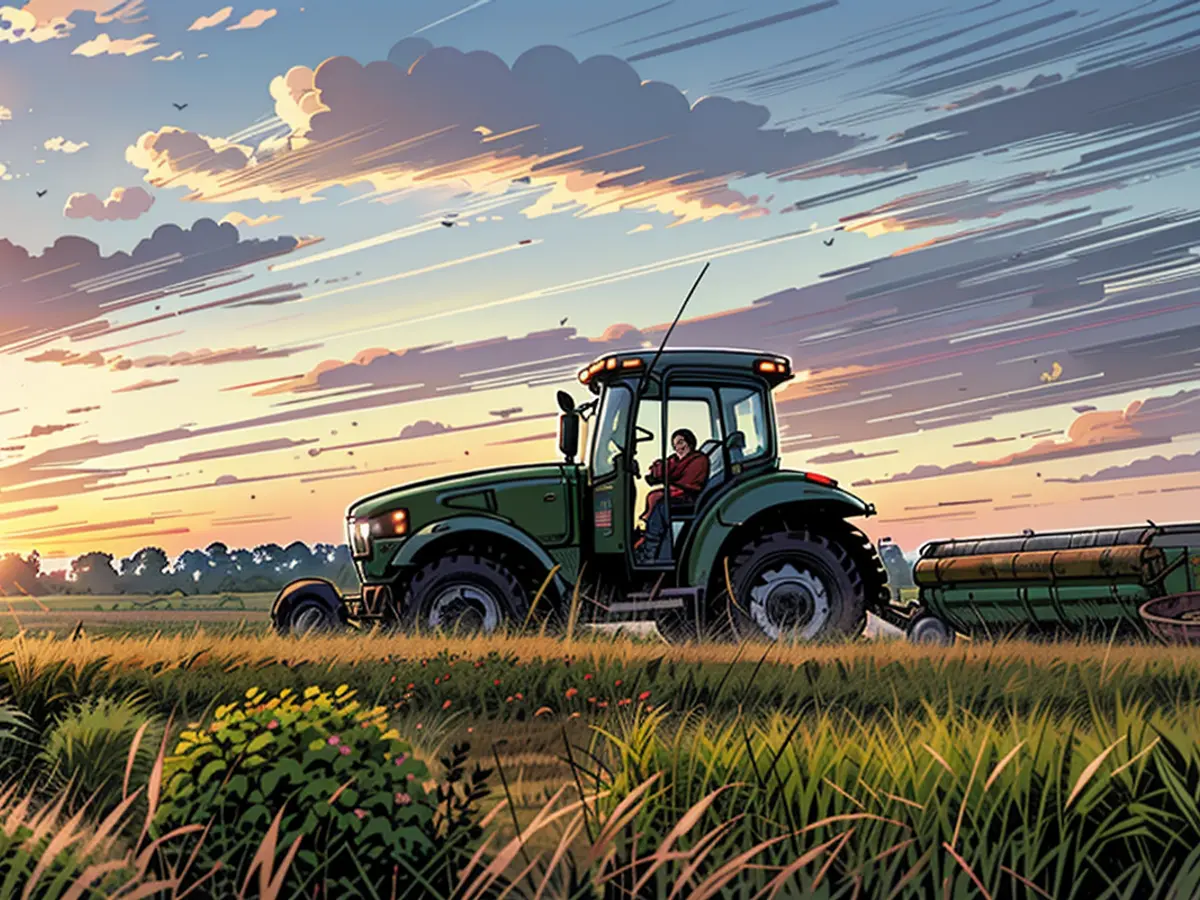Mulled wine isn't confined to a single color anymore - white wine is gaining traction and becoming increasingly popular
From bustling Christmas markets to local wine shops, red, white, and even rosé mulled wine are making an appearance. Ernst Büscher from the German Wine Institute (DWI) reports, "For some time now, we've noticed an increase in white and, more recently, rosé mulled wine options." This trend is being embraced by a growing number of German vintners. Despite the lack of comprehensive sales or turnover data, the shift towards alternative mulled wine colors is undeniable.
Red still dominates the mulled wine scene, according to Sascha Barth, spokesperson for Mainz's Christmas market, based in Germany's largest wine-growing region, Rheinhessen. He estimates red mulled wine accounts for about 80 percent of sales, while white wine is growing in popularity at the stalls. Rosé mulled wine is a relatively new development, officially recognized in 2022 after previously being an occasional offering with a colorful name.
"White mulled wine is the new trend," says Silvia Schelle, managing director of an online sales platform that sells wine from around 140 Palatinate winegrowers. Although red mulled wine still reigns supreme with approximately 70 percent of sales, white mulled wine's appeal is attracting more attention.
Ralph Seeberger, Managing Director of an online wine sales platform that caters to customers aged 50 and over, confirms this trend. Red mulled wine is the classic choice, he says, but people are increasingly open to experimentation. While red mulled wine remains popular, there's a growing interest in white and even rosé mulled wine.
Pinot Noir, Dornfelder, and Regent grape varieties are favored for red mulled wine, with options also available from barrique barrels. Mildly acidic varieties like Müller-Thurgau and Silvaner work well for white mulled wine, and more aromatic varieties such as Scheurebe and Gewürztraminer can also be mulled.
"Just 15 years ago, someone who wanted white mulled wine would have likely come from the Rheingau, as white grapes make up a larger portion of the harvest there," says Barth. However, according to Stefan Kolb from the Schlossgartenhof winery in Saulheim, Rhine-Hesse, the trend has also reached the Saale-Unstrut and Saxony growing regions. Young women and girls in Mainz are now particularly fond of white mulled wine, says Barth.
Mulled wine, by law, must be a flavored wine-based drink made exclusively from red, white, or rosé wine, sweetened and spiced. Colorants are prohibited, as are the addition of alcohol or water. The wine law allows for mulled wine to be produced as rosé from a cuvée of red and white wine, as long as this is not intended for rosé wine production.
While statistics provide no insight into the popularity of different mulled wine colors, the demand for rosé mulled wine is driven, in part, by its visual appeal. "Served in glass cups, it's an eye-catcher," says Kolb. He describes the trend in rosé wine as a contributing factor to this growing preference for rosé mulled wine.
The mulled wine market presents an opportunity for winegrowers, with some merchants offering large-scale containers for sale to Christmas market vendors. The Association of German Prädikat Wine Estates (VDP) does not consider mulled wine a priority issue, but wineries in regions like Rheinhessen and Franconia are noticing a surge in interest in white mulled wine.
Agriculture plays a crucial role in the production of mulled wine, particularly in the harvesting of grapes for white wine. Customs and traditions, such as celebrating Christmas, have led to the popularity of mulled wine in various food and drink cultures.







